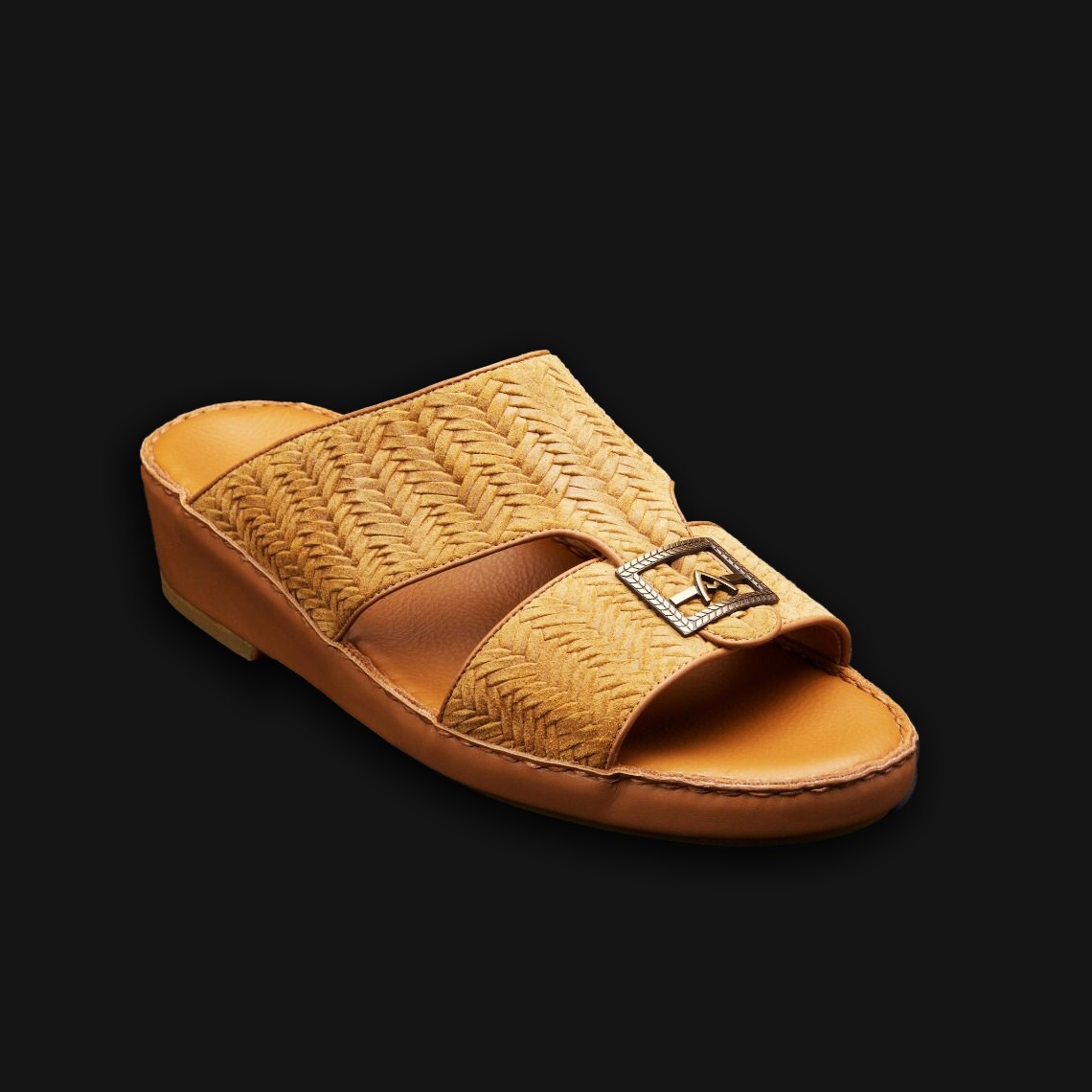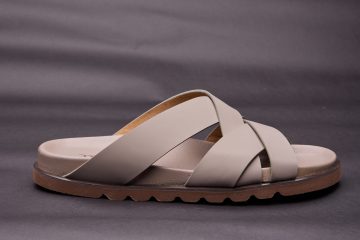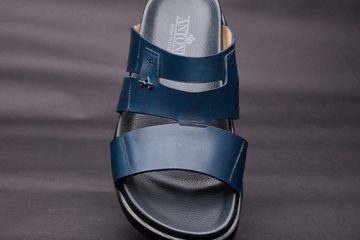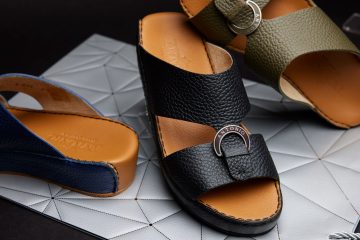Leather sandals are more than just summer footwear — they’re a blend of style, comfort, and durability that can be worn for casual outings, vacations, or even semi-formal settings. The right pair can elevate your look and provide lasting comfort, while the wrong choice can lead to discomfort and wasted money.
This guide walks you through the key factors to consider when buying leather sandals for men, helping you make a smart and stylish investment.
1. Why Choose Leather Sandals?
Leather has been a trusted material for centuries because of its:
- Durability – Quality leather withstands wear and tear better than synthetic materials.
- Breathability – Natural leather allows air to circulate, reducing sweat and odor.
- Comfort – Leather molds to your feet over time, providing a custom fit.
- Style Versatility – Suitable for both casual and smart-casual outfits.
2. Types of Leather Used in Sandals
Understanding leather types helps you know what you’re paying for:
- Full-Grain Leather – The highest quality, extremely durable, and develops a rich patina.
- Top-Grain Leather – Slightly processed for a smoother look; more affordable than full-grain.
- Nubuck & Suede – Soft and stylish, but require more care and protection from moisture.
- Bonded Leather – Made from leather scraps; less durable and typically found in budget sandals.
3. Styles of Men’s Leather Sandals
Choosing the right style depends on where and how you’ll wear them:
- Slide Sandals – Easy to slip on, perfect for casual wear and beach outings.
- Gladiator Sandals – Multiple straps for a secure fit and a bold, fashion-forward look.
- Fisherman Sandals – Closed-toe design for more coverage and protection.
- Thong Sandals – Minimalist and breezy, ideal for relaxed summer days.
- Sport Leather Sandals – Cushioned soles and supportive straps for active use.
4. Fit and Comfort
Leather sandals should feel comfortable from the first wear, but they will also adjust to your feet over time.
- Arch Support – Look for contoured footbeds to reduce strain.
- Adjustable Straps – Buckles or Velcro closures allow a custom fit.
- Cushioning – Memory foam or padded insoles enhance comfort for long walks.
- Width Options – Choose a pair that accommodates the width of your feet to prevent blisters.
5. Quality Indicators to Check Before Buying
- Stitching – Even, strong stitches mean better durability.
- Leather Finish – Smooth, natural textures indicate high-quality hides.
- Sole Material – Rubber soles offer grip, while leather soles look more refined.
- Hardware – Rust-proof buckles or rivets extend the life of the sandals.
6. Matching Leather Sandals with Your Outfits
- Casual Look – Pair slide or thong leather sandals with shorts and a polo shirt.
- Smart-Casual – Combine fisherman sandals with chinos and a linen shirt.
- Beachwear – Go for minimal, waterproof-treated leather sandals with swimwear.
7. Care and Maintenance Tips
- Clean Regularly – Use a damp cloth and mild leather cleaner.
- Condition Leather – Apply leather conditioner to prevent cracking.
- Store Properly – Keep them in a cool, dry place away from direct sunlight.
- Avoid Prolonged Water Exposure – Leather can warp or stain if soaked.
8. Common Buying Mistakes to Avoid
- Choosing style over comfort.
- Ignoring leather type and quality.
- Not considering foot shape and support needs.
- Skipping product reviews or brand reputation checks.
Check out this blog to learn more about the mistakes to avoid when buying Arabic sandals for men.
Final Thoughts
Investing in the right pair of leather sandals for men is about balancing style, comfort, and quality. By understanding leather types, sandal styles, and fit considerations, you’ll make a choice that looks great, feels good, and lasts for years.
If you’re ready to explore premium, stylish, and durable options, browse our leather sandals collection — where craftsmanship meets timeless design.





